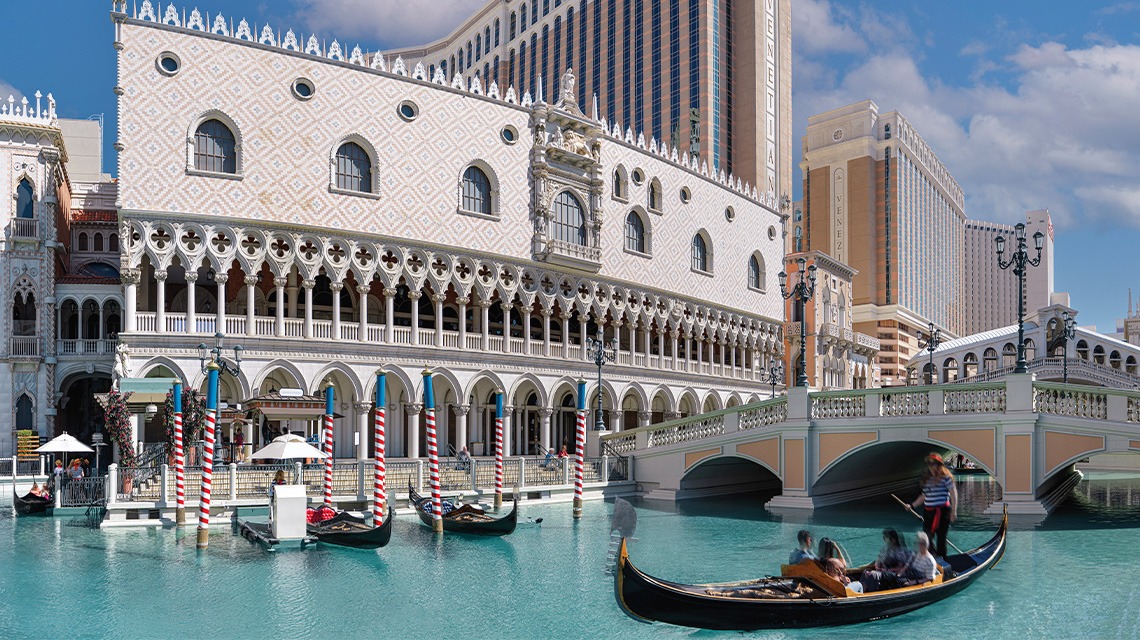The how of hotel renovations—and putting them to work for you
Who doesn’t love a good renovation debut? Exciting new programming, beautifully redesigned spaces, culinary outlets galore, event space, event space and more event space!
On the outside, it sure looks pretty when it all comes together. But how do our friends in the hospitality world make the magic happen? Smart Meetings spoke to leaders at some renovation superstars to offer you a peek behind the scenes.
With this insight, we discovered some hacks meeting profs can use to make the most of these shiny new renovations—before, during and after.
Intention: What’s Important?

When it comes to renovating, how do properties decide what they’ll focus on? How do they decide what to implement in the new design?
This is where it starts.
First and foremost is the basic foundation of hospitality: to care for guests. Stephanie Glanzer, CMP, chief sales officer and senior vice president at MGM Resorts International, says, “Factors we must keep in mind include timeless design, modern technology enhancements and convenient amenities.” All of this makes up the baseline of a renovation, and, from there, properties can get creative.
Read More: Lessons for Meeting Profs from MGM Resorts’ Sabbatical Policy

Maureen Sloan, CTA, manager of global accounts at HelmsBriscoe says that, from the planner side, when she learns that a renovation will take place, “I’m happy about it—because that means upgrades for my clients.”
But it doesn’t end there; if everyone is as upgraded and modern as possible, they must also set themselves apart from their competitors.
This is where properties must consider whom they are serving: their market. Who makes up that market? To what extent? And what, exactly, does that market need? And then—what does it want?
Assessing the Market
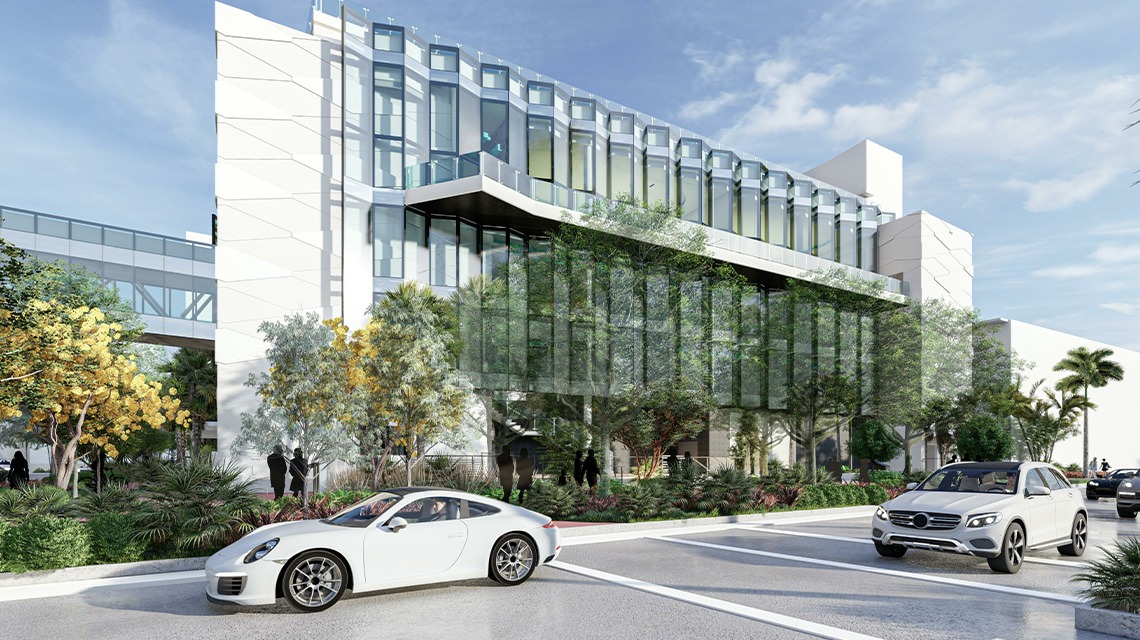
2024 marks Fontainebleau Miami Beach’s 70-year anniversary. Since its inception, the hotel has been on the entertainment industry A-list. To meet the needs of its primary clients, its design reflects an epic moment in the movie business: the Golden Age of Hollywood, when marquee stars and lavish Hollywood productions dominated the global film industry. It celebrates that industry’s great achievements, and therefore, provides a celebratory atmosphere for those visitors.
In more recent decades, however, explains Philip Goldfarb, chief operating officer at Fontainebleau Development, “Over half of Fontainebleau Miami Beach’s business is related to conventions and groups.” Hence, the debut of the Coastal Convention Center.
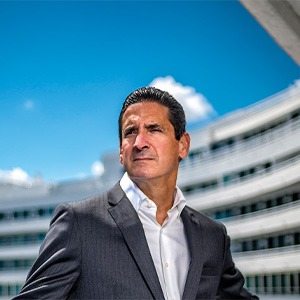
The brand-new facility adds 45,000 sq. ft. of meeting and event space to the fabled Fontainebleau, bringing the grand total of available space to over 230,000 sq. ft. It’s connected to the main hotel by a pedestrian skybridge, which allows it to lay claim to being the only such pedestrian overpass above Collins Avenue.
“It’s important to deliver a premier product, and these renovations ensure the spaces exceed the expectations of our guests. Confidence in the venue and increased customer satisfaction means everyone benefits.”
– Phillip Goldfarb, Fontainebleau Miami Beach
This major addition of meeting and event space “allows the hotel to welcome even more businesses, organizations, charities and personal celebrations, both from our local market as well as on a national and international scale,” says Goldfarb. “Whether this is their first event at our hotel or we’re welcoming them back, this new space allows for larger footprints across one venue.”
As a property seeing year-over-year increases in its meetings and events trade, this strategically focused renovation caters to that market in a way that can foster even further growth.
Culture of Communication
Catering to the market goes far beyond what the tangible renovation includes. It’s also about how the renovation is treated. Could renovations get in the way of meetings and events while they’re taking place, even if the final product will expand the meetings and events market? Certainly, but a strong understanding of what the market seeks, here and now, can prevent that from happening.
Sloan says, “Usually, hotels are very forthcoming when a renovation is happening. They’re not going to hide it.” But the planner-side strategy here is to stay on the lookout. And, Sloan explains, hotels respect this. “You just have to insert clauses that stipulate if the meeting has to move, maybe we get a discount in meeting-space rental, or if the ballroom we had booked is not available, then we get to buy out the restaurant, if they have space. And sometimes that can even be more fun.
“Planners help the hotels as much as they help their clients, because they’re the buffer. It’s just about stipulating and protecting. And hotels understand this, and they don’t mind.”
In most cases, planners can avoid any disruptions from renovations from the very start by taking some strategic steps. First and foremost, Sloan says, she is subscribed to countless newsletters from hotels, and therefore she knows who is renovating and when. “That reminds us, if we have a contract with that hotel, to revisit it and make sure we’re covered.”
It can even go as far back as the RFP process. When submitting RFPs, Sloan always asks about renovations—specifically, for the date of their most recent renovation, as well as any plans for upcoming renovations in the next six, eight, or 10 months. She asks, will there be noise or other disruptions? Or, can the hotel guarantee it won’t change the space she’s contracted?
“We have to make sure the hotel promises us that they will promptly notify us if any changes come up,” she says. “And if they do end up displacing us due to a renovation, we get compensated.”
Sloan is careful to check all the boxes. In her experience, though, simply with these specific steps, she is able to establish a strong culture of communication with hotel partners when it comes to renovations. And she consistently sees it returned to her in the form of willingness on the hotel side to keep her up to date with its renovation process and go above and beyond to accommodate any disruptions caused by the work crews.
Establishing Character—And How
When properties renovate, of course they aim to stay up to date with changing trends and customer expectations. But if properties across the globe all offer the latest and greatest, how do they stand out?
Enter the concept of character.
The Venetian Las Vegas‘ grand mission statement emphasizes an embrace of the unexpected, and this is reflected through every aspect of its design. The Venetian Convention Center & Expo Center was the very first of its kind attached to a hospitality concept; today, it remains one of the largest private meeting facilities in the world.
You probably already know the property is themed around Venice, Italy, and from the start, every aspect of its design and on-site experiences feeds into that theme. Whether it’s walking among the 25-foot-tall Botticino marble columns, admiring the hand-painted ceiling frescos or taking a ride on the canals with a serenading gondolier, business and leisure guests alike are entirely immersed in the experience the property aims to create.
This experience, the feel of the space, is created through attention to detail by the hotel team. It’s about providing something visitors can’t get anywhere else. Sure, those who might opt to head to Venice may have a similar experience, but they won’t have that massive convention center and exposition hall, an extensive array of gaming options, access to grand concerts by world-renowned performers day after day—not to mention The Sphere.
All this is possible because, although The Venetian is themed around Venice, it’s not. It’s Vegas. So, woven throughout the theme of the famous sinking city is a Vegas experience as well. And in that competitive hospitality market, The Venetian stands out for offering a Vegas that can only be had at its property.
With its most recent renovation, The Venetian sets itself apart further, claiming the milestone achievement as the largest and most expensive hotel renovation ever seen—at an astounding $1.5 billion—and on the resort’s quarter-century anniversary, no less.
“This redevelopment marks more than just a surface-level renovation; it signifies a deep understanding of our guests and a profound reimagining of an iconic resort unlike any other in history,” says Partick Nichols, president and CEO of The Venetian. “The beauty of this project lies within the balance of the beloved familiar and the never-before-seen.”
This is intentional thought in action.
The Culture and Strategy of Renovation
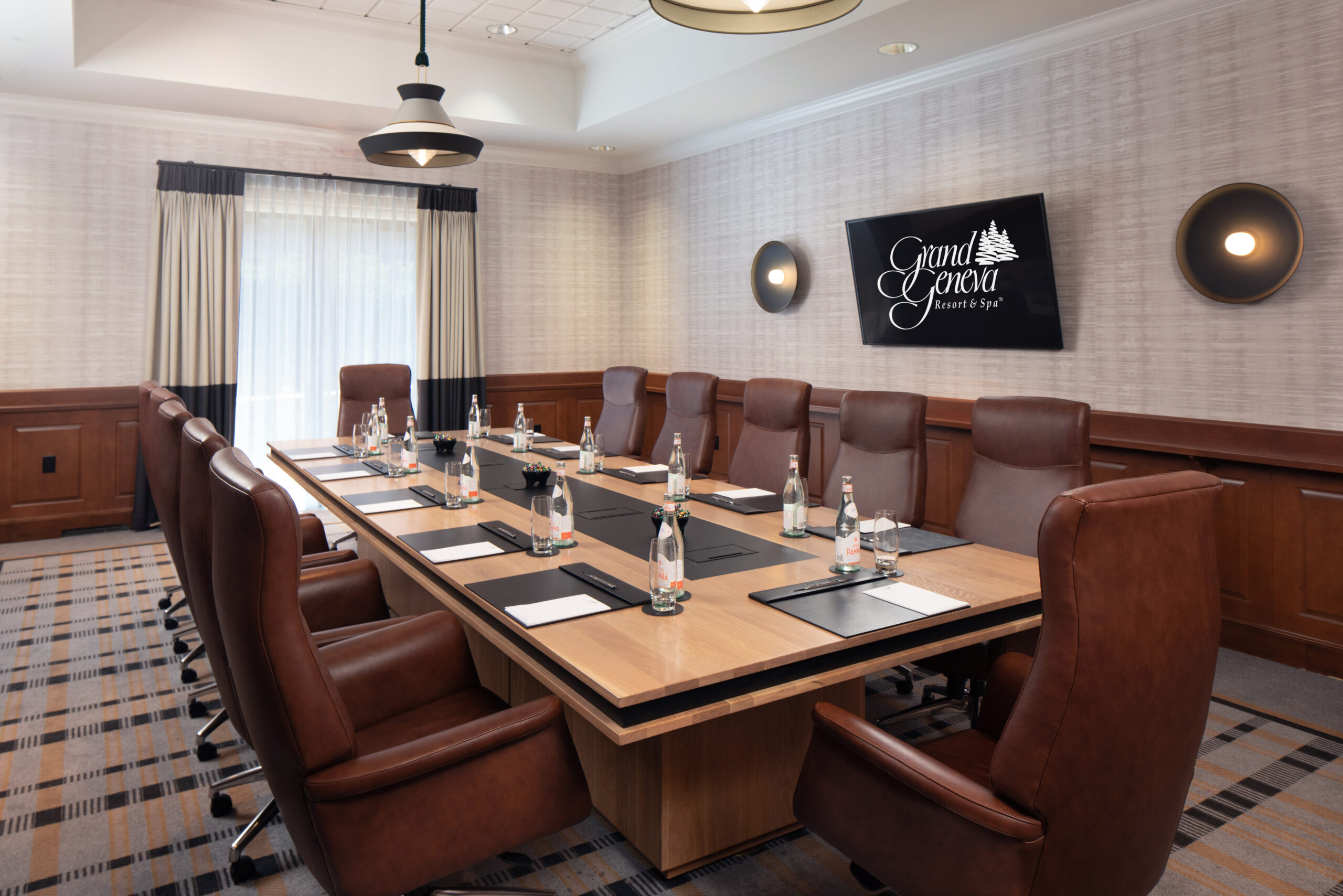
“Being freshly renovated can attract the attention of organizations and meeting planners that have not necessarily brought business to our property in the past. This opportunity for new organizations and relationships often results in new business that can remain with the property for years,” says Dan Crooker, executive director of sales at Grand Geneva Resort and Spa, in Lake Geneva, Wisconsin.

Grand Geneva Resort and Spa, in Lake Geneva, Wisconsin
Guests of this luxury property in the gently rolling hills an hour north of Chicago “aren’t just coming to meet and sleep,” Crooker explains. When the property hosts meetings, of course they offer all the necessities to make it successful. But beyond those there is so much more, from the commonly expected on-site restaurants of outstanding quality and a comprehensive spa to the more unique aspects that set the property apart, such as its ski hill and the two 18-hole championship golf courses. When a meeting takes place at this property, it’s an opportunity to offer attendees experiences beyond the meeting itself.
In this way, a strategic choice of the right meeting property goes far beyond the meeting space to encompass the opportunities and atmosphere the destination offers, and what and how much of it the planner wants to utilize.
On Sloan’s end, knowing if a renovation is happening and coupling it with the style of meeting affects her choice to book. “If it’s an incentive group, or a retreat, or someplace where attendees want things to be perfect and serene, and it’s a little more pleasure than business, I probably steer away from [booking a renovating hotel] if it’s within a three-month range, because I just don’t want to take a chance.”
From the resort’s perspective, this involves looking once again at the market it wants to attract. Large corporate gatherings? Incentive groups? Board meetings? A combination? And then, how can it offer the specific necessities for each of these types of meetings, and what can it offer that goes above and beyond to serve the varying needs of each group? How might its business be affected by a renovation in the present and in the future? By beginning with these questions when planning a refresh, a property can maximize its ROI when it determines what the renovation will encompass.
Return on…Renovation
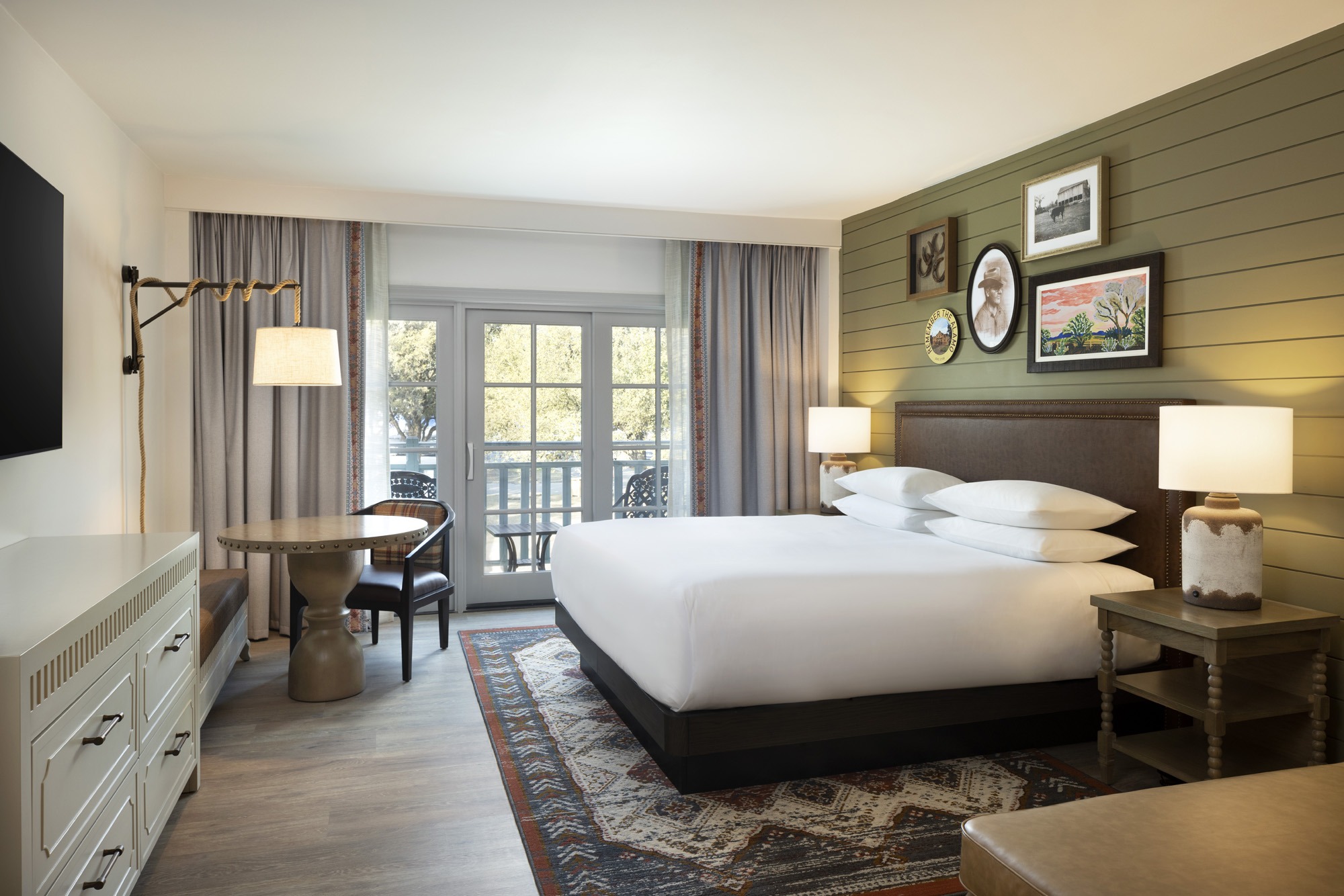
It’s no secret renovations are massive investments. So, along with strategically determining what its market wants, it’s important for properties to assess to what degree they will see a return on them.
To stay competitive and up to date, many properties renovate frequently. “The current trend I’ve been seeing is properties will refresh their guest rooms and meeting spaces at least once a decade, while making other substantial enhancements throughout that timeframe,” says Michael Hrabovsky, director of sales, marketing and events at Hyatt Regency Hill Country Resort & Spa in San Antonio, Texas.
His Hyatt is in the midst of a multiphased renovation. “The resort completed a full meeting space and guest room renovation in 2023 and will open the brand-new lobby bar this summer. We are currently embarking on several projects, to include the new meeting barn, exclusive villas and a lagoon,” Hrabovsky says.
“With the increase in new and unique resort destinations, it is important to stand out from the crowd,” he continues. Renovations are how that happens; and by standing out, properties catapult their ROI to new heights.
Yet, with these inspiring updates come rising costs for planners. So how do planners tackle those increases?
“With the increase in new and unique resort destinations, it is important to stand out in the crowd.”
– Michael Hrabovsky, Hyatt Regency Hill Country Resort & Spa
Sloan notes there really isn’t any single peak season these days, so booking during the off-season isn’t so strong a strategy as it once was. People will pay more, because the rates they see at one property tend to be the rates they see anywhere else; and the demand remains strong. The best course of action, if possible, is to lock in today’s rates as soon as possible. “A lot of clients that do have annuals or associations that know they’re going to meet on certain dates or in certain times of the year are booking in advance, now, to avoid price increases,” she says. “And hotels are happy to get it on the books at today’s rate.”
Timing Is Everything
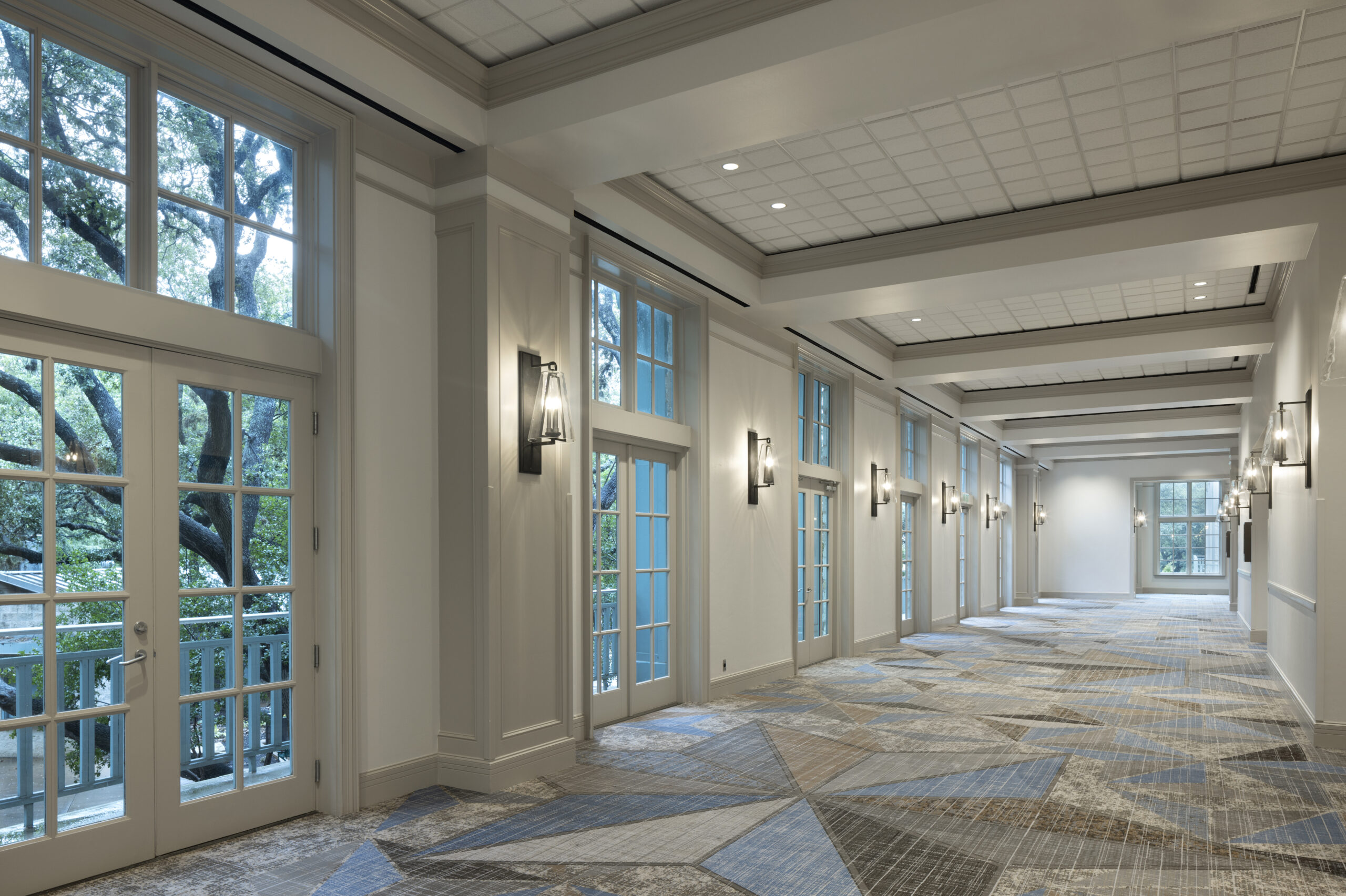
With renovations taking place so often, how do properties continue operating to a level that maximizes their ROI even when a renovation is taking place? The answer will come as no surprise to meeting profs and frequent hotel guests: multiphasing.
Crooker explains, “The phased approach takes place over multiple years, where each year some key aspects of the resort are being refreshed or fully reimagined.” As an example, he says, Grand Geneva fully renovated all its sleeping and living areas in its guest rooms in the past year. The year prior, they renovated all the bathrooms in those guest rooms. This year, the resort is renovating all its meeting and event space. By spacing the different aspects of the renovation in this way, properties are able to ensure they can continue to operate, if not at 100% capacity, as close to it as possible, and therefore provide almost all visitors the robust experience they strive for.
“By the time each facet of the resort is completed, it is time to start the phases over again,” says Crooker. “Typically, ‘soft’ renovations are completed about every six years, which includes carpet, paint and fabrics. Every 12 years, approximately, full renovations, including furniture and all.”
Picking and choosing which parts of the property are being renovated, and when, is a critical strategic choice. As a planner, Sloan says, “If the renovation ever affects portions of the property that the meeting will use, like creating noise or disrupting Wi-Fi, they have to have a back-up plan or some kind of remedy in place before we will even agree to have the meeting there.”
At MGM Resorts, Glanzer says, “We have a very strong preventative maintenance program to ensure our room product maintains superior quality in between major renovations and ensure a premier guest experience with every stay.
“When we meet guest needs and provide fresh, well-rounded and beautiful spaces, the ROI naturally follows,” Glanzer says.
The Grand Finale


It’s finally here: opening day! After months, no, years, of tireless work, the renovation is complete. The basic needs of visitors? Met. The market’s expectations and dreams? Check. The distinct character? It’s everywhere. And the ROI? Well, it looks like clear skies and smooth sailing ahead.
“When we meet guest needs and provide fresh, well-rounded and beautiful spaces, the ROI naturally follows.”
– Stephanie Glanzer, MGM Resorts International
So, what comes next? Maintain the achievements of this milestone and get to work planning the next!
When it comes to working with hotels, Sloan says, strong business relationships are key. “At the hotels I work with a lot, I try to get to know the team personally. Smooth out a nice relationship. You’re helping them out as much as you’re helping your clients out.” This only makes for better, faster and more honest communication.
The world doesn’t stop moving. When it comes to the world of hospitality, it seems, it only gets better and brighter.
This article appears in the July 2024 issue. You can subscribe to the magazine here.
